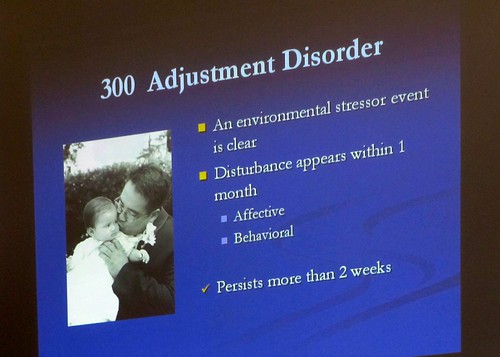This handy, dandy visual portrays the collaboration and partnerships the comprise on overall comprehensive system to ensure that children are healthy and ready to learn in early childhood.
Early Childhood Comprehensive Systems grants help states and communities to build and integrate early childhood service systems that better meet the needs of children and families. Since 2003, 49 States, the District of Columbia, Guam, the Republic of Palau and the commonwealths of Puerto Rico and the Mariana Islands have participated in the program.b.hrsa.gov/programs/earlychildhood/comprehensivesystems/




 Promotion of healthy social and emotional development;
Promotion of healthy social and emotional development;







































!["I Like How You Are Consulting the Updated PCIT Manual to Ensure Fidelity!" ["Nice labeled praise"]](http://farm8.staticflickr.com/7048/8689439956_694bb852ee_s.jpg)




